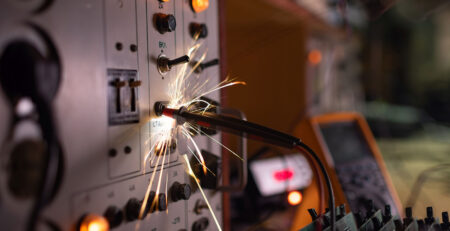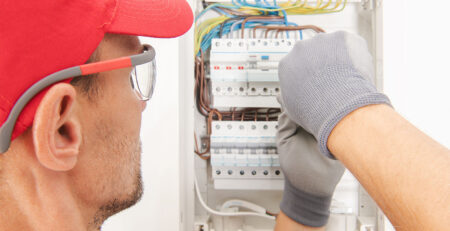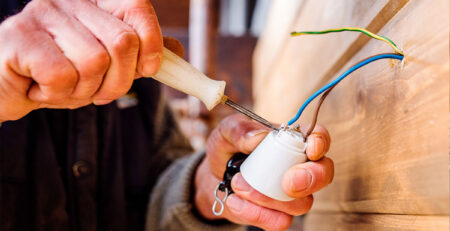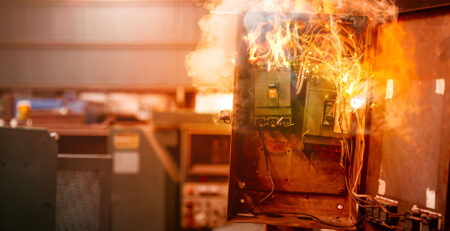Basics of Chemical Earthing: A Comprehensive Guide
Chemical earthing is an advanced technique used to protect electrical systems from damage caused by lightning strikes, power surges, and other electrical disturbances. This technique involves creating a low resistance path between the electrical system and the earth, which helps to dvissipate electrical energy and prevent damage to equipment.

Electrogrip is a chemical earthing manufacturer in Kolkata. We also specialize in ESE Lightning Protection System, and Backfill Compound, and also provide free chemical earthing.
Here’s a comprehensive guide from Electrogrip on the basics of chemical earthing:
What is Chemical Earthing?
Chemical earthing is a process of creating an electrical connection between the electrical system and the earth. This is achieved by installing an electrode in the ground and surrounding it with a conductive compound that creates a low-resistance path for electrical energy to flow to the earth. This process helps to protect electrical systems from damage caused by electrical disturbances.
Why is Chemical Earthing Important?
Electrical disturbances can cause significant damage to electrical systems, including equipment failure, data loss, and even fires. By providing a low resistance path for electrical energy to flow to the earth, chemical earthing helps to dissipate electrical energy and prevent damage to equipment. This can help to improve the reliability of electrical systems and reduce the risk of downtime and costly repairs.
How Does Chemical Earthing Work?
Chemical earthing works by creating a low-resistance path for electrical energy to flow to the earth. This is achieved by installing an electrode in the ground and surrounding it with a conductive compound that helps to improve the conductivity of the soil. When an electrical disturbance occurs, the electrical energy is directed to the electrode and flows through the conductive compound to the earth. This helps to dissipate the energy and prevent damage to equipment.
What are the Benefits of Chemical Earthing?
Chemical earthing offers a range of benefits, including:- Improved reliability of electrical systems-
Enhanced safety for personnel
Reduced risk of equipment damage and downtime
Protection against lightning strikes and power surges
Lower maintenance costs
How is Chemical Earthing Installed?
Chemical earthing is installed by first selecting a suitable location for the electrode. The electrode is typically made of copper or galvanized steel and is buried in the ground to a depth of at least 1.5 meters. The electrode is then surrounded by a conductive compound, which is typically made of a mixture of bentonite, graphite, and salt. The compound is poured into the hole around the electrode and allowed to dry. Once the compound has dried, a connection is made between the electrode and the electrical system.
Conclusion
In conclusion, chemical earthing is an important technique for protecting electrical systems from damage caused by electrical disturbances. By creating a low resistance path for electrical energy to flow to the earth, chemical earthing helps to dissipate the energy and prevent damage to equipment.
At Electrogrip, we offer a range of chemical earthing solutions to help protect your electrical systems and improve their reliability.
If you like our blog on “Basics of Chemical Earthing: A Comprehensive Guide”, you can check out our blogs by clicking on this link https://electrogrip.in/blog/










Leave a Reply